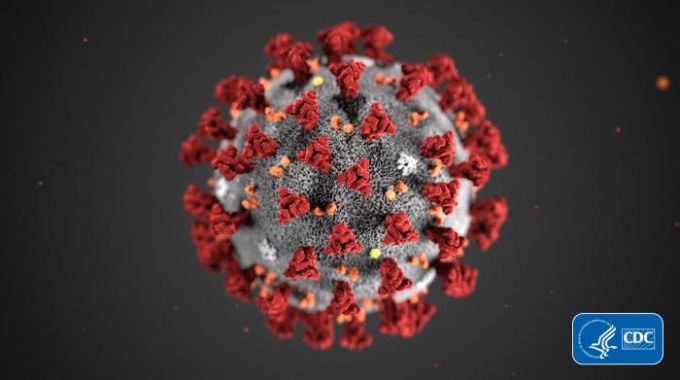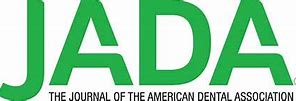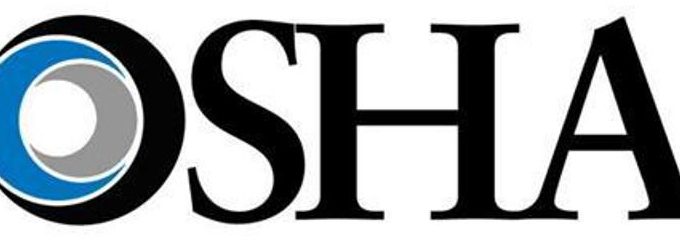As COVID cases surge across the country, California dental employers must continue to follow Cal/OSHA’s…
Dental Infection Control Based on Standard Precautions
In December, many news sources were abuzz with reports about a Tennessee dentist who failed to properly process and sterilize equipment between patients. Patients who were treated at the Knoxville, Tennessee dental practice between September 2016 and September 2019 received letters advising them to get tested for HIV and hepatitis B and C. An inspection of the dental office earlier in 2019 by the Tennessee Board of Dentistry resulted in a fine of $11,000 and a two-year probation of his license for lack of infection control and other violations.
Specific infection control violations at the Tennessee dental office included:
- Reprocessing and reusing disposable drill pieces, put them in cold sterile solution, and reused them. When asked by inspectors, employees didn’t know the proper procedures.
- Improperly sanitizing dental tools and air water syringe tips by wiping them with sanitizing cloths.
- Not cleaning and disinfecting, or barrier-protecting, leather chairs between patients.
- Not biologically monitoring the sterilizers to ensure functionality.
Fundamentally, the dentist failed to follow standard precautions in the care of his patients.
CDC Recommendations
The US Centers for Disease Control and Prevention (CDC) infection control recommendations for dentistry are based on the concept of standard precautions. Standard precautions are work practices that follow the concept that all body fluids (except sweat) should be treated as infectious because patients with bloodborne infections can be asymptomatic or unaware they are infected. The CDC recommends that all dental healthcare professionals adhere to standard precautions during dental treatments to minimize the risk of transmission of bloodborne pathogens to dental personnel and to patients.
Standard precautions must be used in the care of all patients, regardless of their infection status. Preventive practices to reduce exposures to body fluids include, but are not limited to, the following: careful handling of sharps instruments, use of rubber dams to minimize blood spattering, proper handwashing, use of protective barriers (PPE, surface barriers), proper disinfection and sterilization of patient-care items, etc.
Since 1992, OSHA Review, Inc. has provided dental professionals with comprehensive programs to support regulatory compliance and infection control. We are a registered continuing education provider in the state of California, specializing in Dental Practice Act, infection control, and OSHA training.



